How Bananas Built Industry City — the Story of Sunset Park’s Bush Terminal
In the last few years, Sunset Park’s Industry City, a 16-building complex along 3rd Avenue, has become a hub for artist studios and manufacturing bases for local food purveyors and makers. But how did we get here?
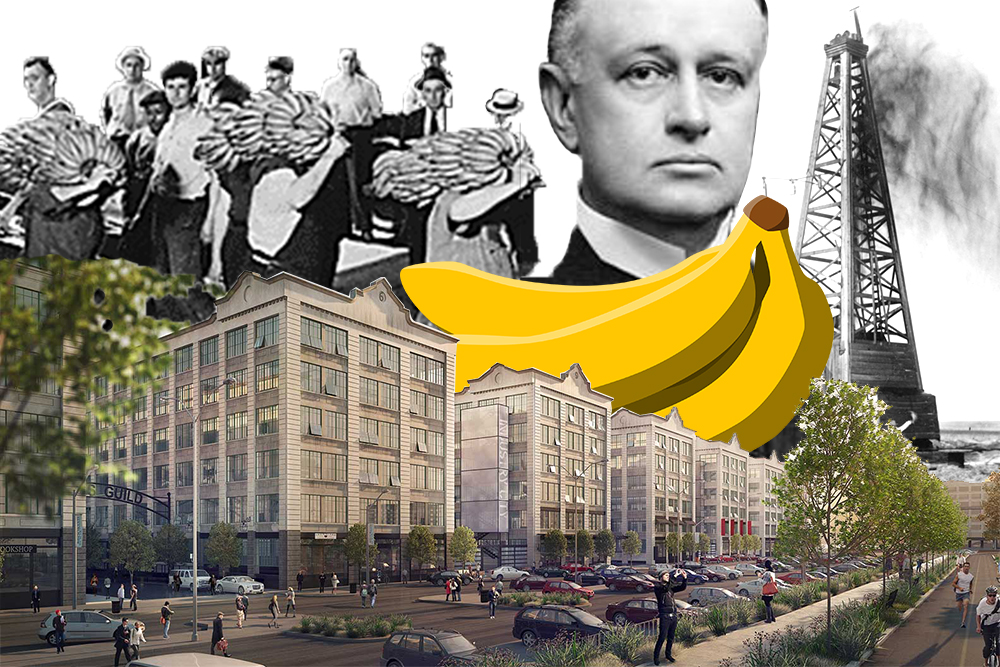
Read Part 2 of this story here.
In the last few years, Sunset Park’s Industry City, a 16-building complex along 3rd Avenue, has become a hub for artist studios and manufacturing bases for local food purveyors and makers, as well as outposts of large companies like Time Inc. The complex has seen increasingly more foot traffic, too, with popular dance parties in the summer and now the Brooklyn Flea and Smorgasburg through the winter.
Its namesake — industry — is still very much at its core. There are big things in store for Industry City, which today is run by Jamestown Properties, Belvedere Capital and Angelo Gordon, along with Cammeby’s International and FBE Limited, starting with a staggering $1 billion redevelopment plan that was announced earlier this year.
Instead of going toward high-rise luxury condos, this influx of big money is being used to renovate, repurpose and revitalize the massive complex, eventually bringing 20,000 jobs to the vast industrial hub that was once called Bush Terminal.
But how did we get here? It involves a man named Rufus Bush, floating railroad cars and bananas.
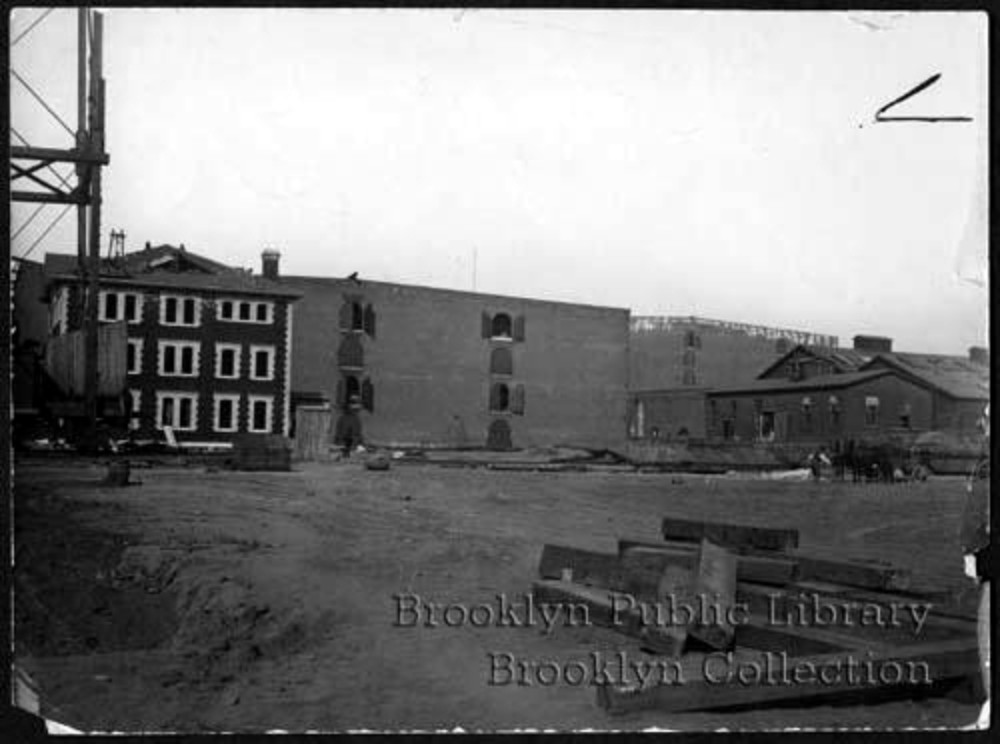
1905 photo, Brooklyn Public Library
In the Beginning…
Rufus Bush, an excellent salesman, was a founding partner in the Bush & Denslow Company, a small oil refinery plant, in the 1870s. It was located near 25th Street in the 1870s. They were little guys, refining oil in their plant near 25th Street, in what was then called South Brooklyn.
Rufus’s company was in a rather uneven competition with John D. Rockefeller and Charles Pratt over at Standard Oil, which today would be like a mom-and-pop gas station competing with Exxon.
But while Rufus may have been one of the little guys, he had a big mouth.
When the government cracked down on Big Oil with antitrust laws, Bush was called on as a witness, and was quoted often in the papers. Apparently, the salesman had quite a way with a sound bite.
He was such a gnat in Standard Oil’s ear that they decided to buy him out and silence him. He and Denslow happily retired.
Standard Oil tore his building down, while Rufus bought a yacht. He spent many years on the sea, taking his wife and children with him on a round the world cruise.
Rufus’s young-adult son Irving came back from his voyages and went to work clerking at Standard Oil. There must have been no hard feelings.
In 1890, Rufus died, leaving an estate of $2 million — quite a sum in those days. The money was immediately funneled into a Bush family corporation.
One of the first things Irving did was buy back his father’s Sunset Park refinery site. He was going to do something much better with it.
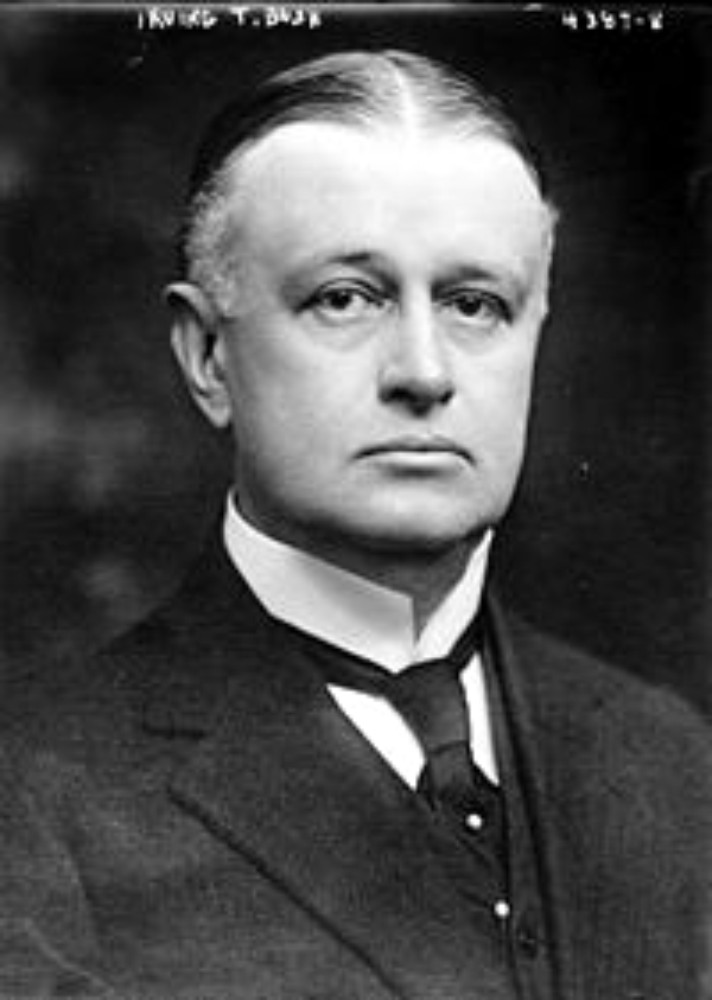
Irving T. Bush. Photo via Wikipedia
The Early Days of Bush Terminal
Irving’s purchase of his father’s old site came with six warehouses and the pier at 25th Street. The Bush Company opened as a freight-handling terminal, dealing with both sea and rail transport.
People who knew the Brooklyn freight business laughed. They nicknamed the new company “Bush’s Folly.”
The sea transport was not controversial — it was the rail. Trains shipping goods that had to come to Brooklyn from rail lines in Manhattan had the small problem of the body of water between the two. Common practice was to float the railroad cars across the river on barges, where they could then be placed back on the rails in Brooklyn.
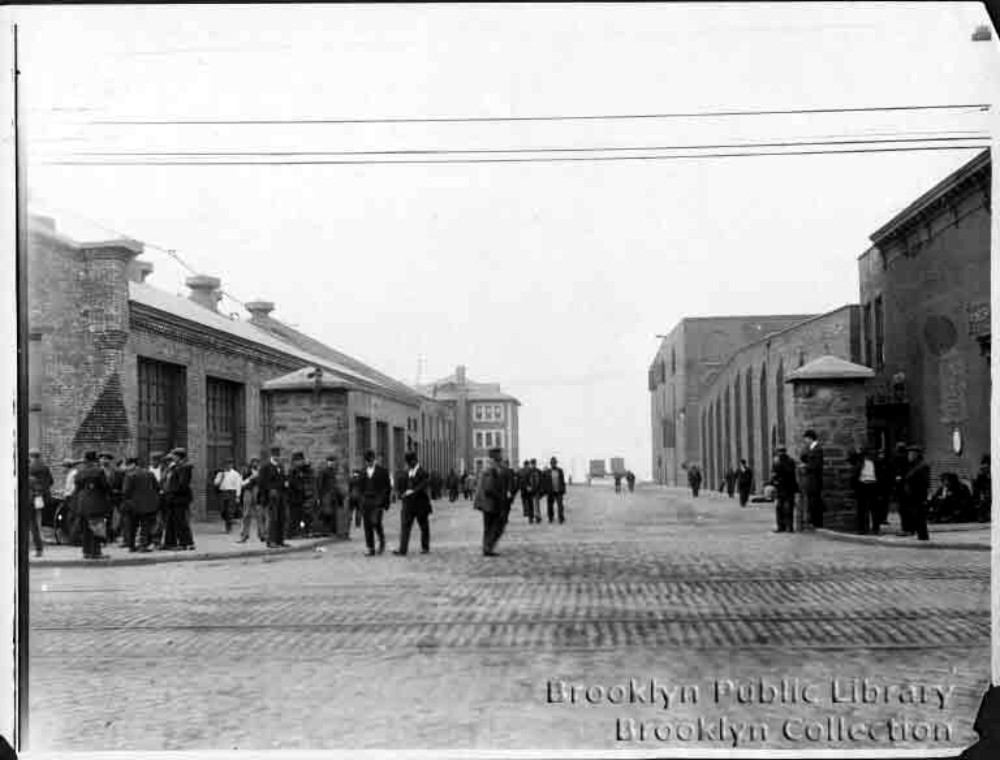
Brooklyn Public Library
Because this was expensive, the rail lines would only cross the river with guaranteed orders of freight. Irving Bush was able to secure a contract with the Baltimore and Ohio Railroad. After that, it was easy. Other railroads seeing the B&O’s success soon signed on.
Now that the railroads were lined up, the shipping lines were next. They too were leery of patronizing a new company. Bush decided to not waste his time trying to convince shipping lines to use him — he’d prove it.
So he went into the banana-importing business. Ships loaded down with bananas came directly to his piers; he stored them briefly in his warehouses, then shipped them out on his rail carriers. He made money. He did it again with coffee and cotton, and success continued. Everyone was convinced.
Soon, his pier was bursting with business. The people who called his initial enterprise “Bush’s Folly” were now calling him a shipping genius. They had no idea.
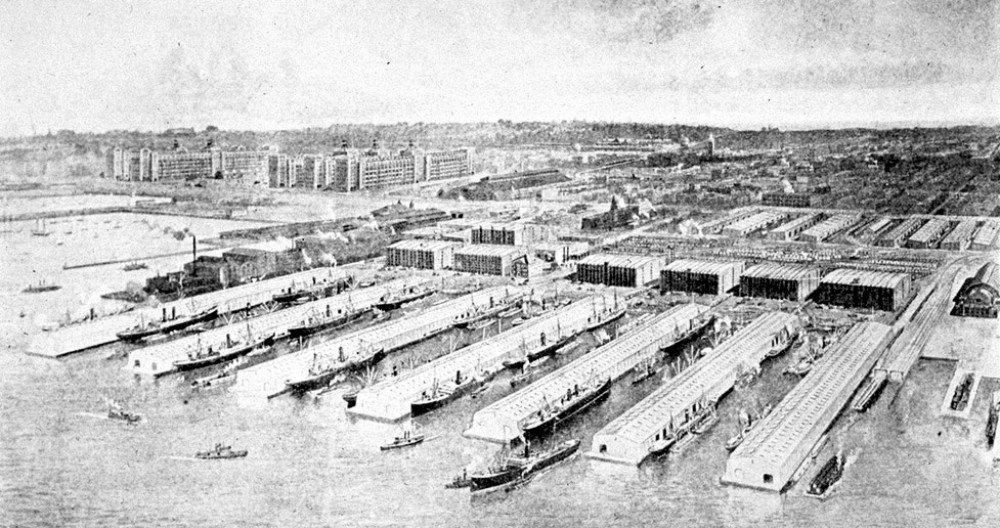
Bush Terminal piers in the early 1900s. Photo via Wikipedia
In 1902, the company changed its name to the Bush Terminal Company. He purchased more land around his original holdings and began to construct more buildings and connecting rail lines.
His initial warehouses — all brick stores, similar to those further up the bay at Red Hook and Atlantic Basin — were built between 1892 and 1910. He constructed his railroad yards between 1896 and 1915, and added factory buildings between 1895 and 1925.
Those factory buildings are the iconic Bush Terminal buildings now known as Industry City.
Next time: Building Bush Terminal, two World Wars and the future of Industry City.
Related Stories
Industry City’s Rise, Fall and Rebirth, From Wartime Manufacturing to Artisanal Mecca
Industry City Releases Renderings for $1 Billion Redevelopment
Walkabout: The Bush’s and Brooklyn’s Industry City, part 1


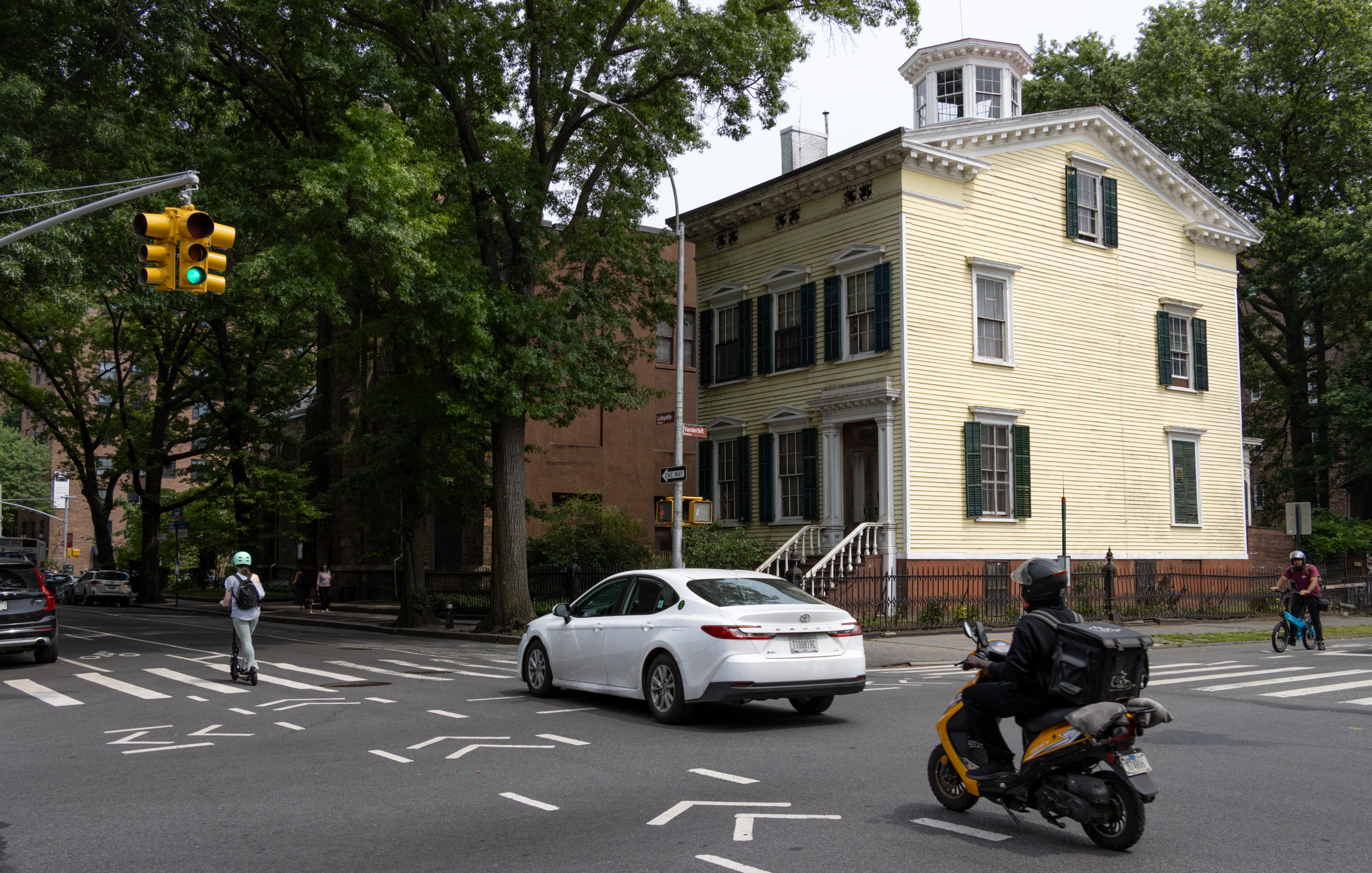
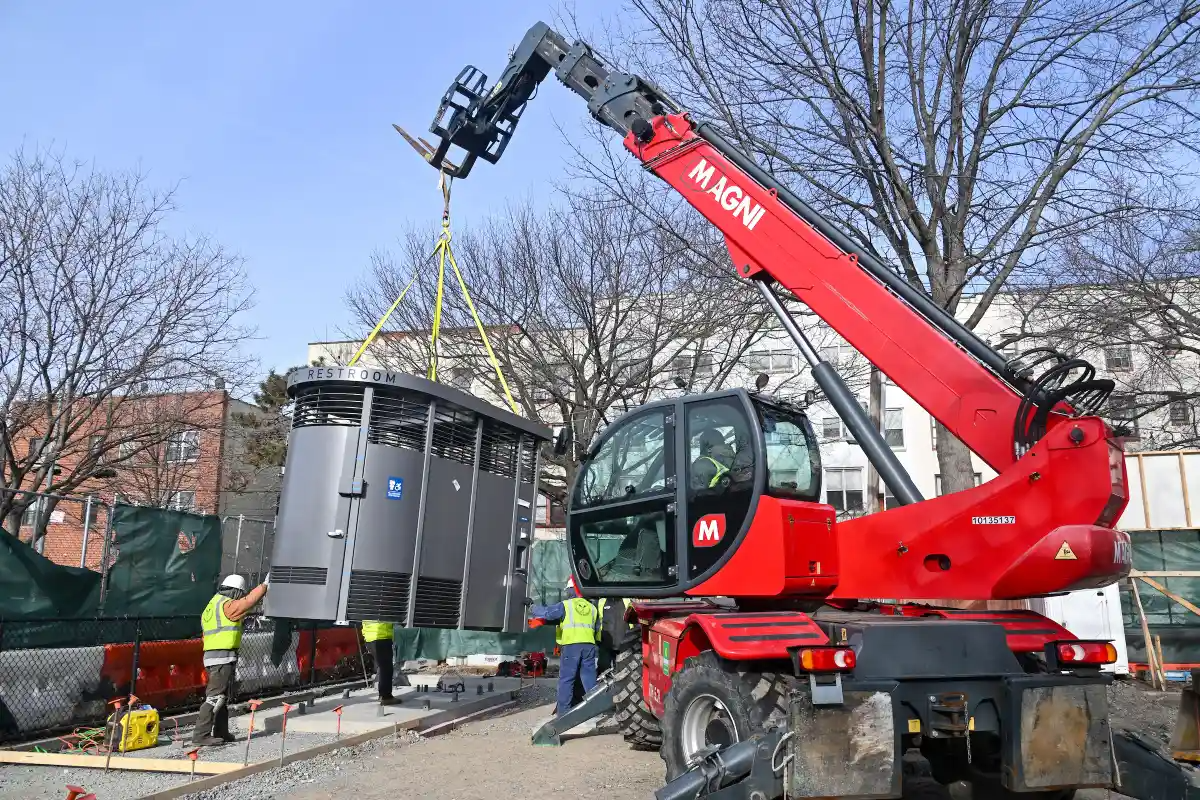

Always wanted to know the story! Waiting for part 2….